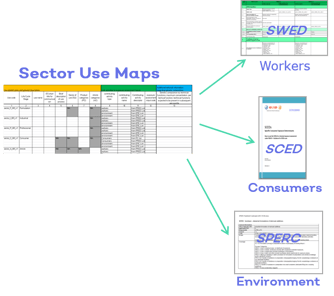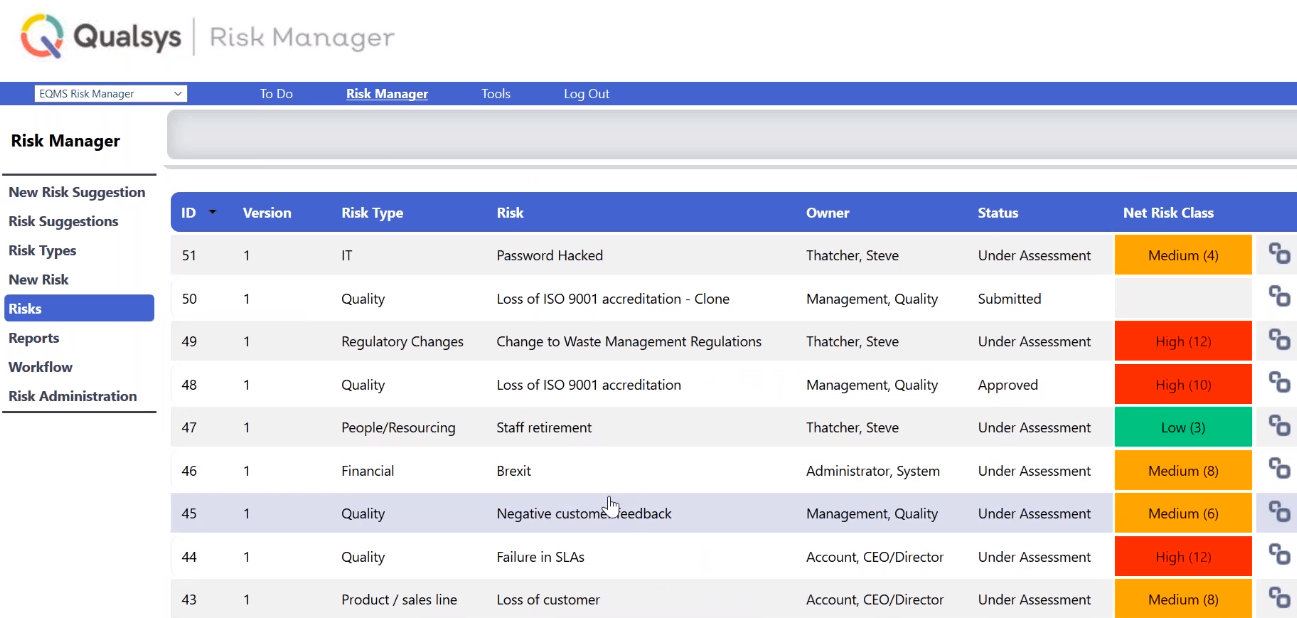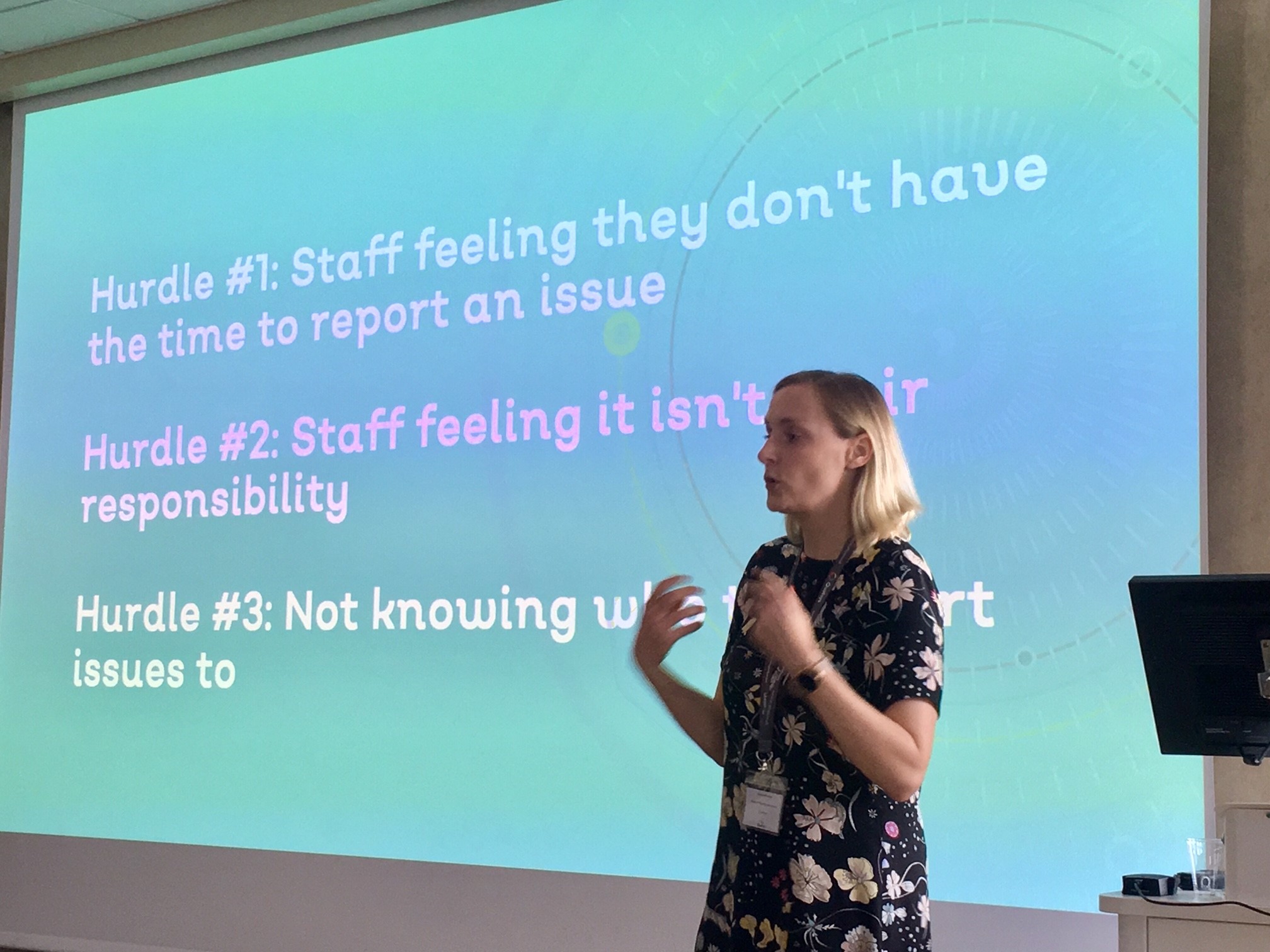Want to contribute to this article?
Full REACH compliance requires robust and effective communication up and down the chemical supply chain.
Understanding what information needs to travel to your customers and suppliers, and how, minimises risk while harmonising your operation and simplifying governance and compliance.
Do you know your SPERC from your SDS? Find out below.

Upstream
If your company receives chemicals from a supplier, manufacturer and/or registrant for your own use, you should feed the following information upstream to them:
- How your consumers and workers use and are exposed to the chemicals
- What the chemicals are used for
- How the product enters/impacts the environment
This requires a use map detailing:
- How the chemicals are used in the sector/lifecycle stage your business operates in (repacking, use in industrial sites etc.)
- SWED: sector-specific workforce exposure description
- SCED: specific consumer exposure determinants
- SPERC: specific environmental release categories
In short - your use map should demonstrate to your supplier how your company uses their chemicals, and contain the three exposure assessments related to your workers, your customers and the environment.
Use maps are not mandatory and are purely optional - but providing them to your suppliers ensures you receive stronger downstream information in return, which will minimise risk and boost the safety and integrity of your chain.
If new hazards arise - if workers begin to exhibit unexpected reactions or exposure symptoms, for instance - or you feel your supplier's recommended risk management measures are inappropriate or ineffectual, you must inform the supplier immediately.

Download a use map, SWED, SCED and SPERC template package with pre-completed examples here.
Downstream
In turn, if you are a registrant, manufacturer and/or supplier of chemicals you must pass information down the supply chain to your end users, formulators and distributors.
It is your responsibility to communicate and encourage safe use and practice to your downstream users.
This requires:
- A safety data sheet (SDS): read how to complete one here.
- Chemical registration dossier and, if you're manufacturing more than 10 tonnes per annum, a Chemical Safety Report
- Collection of your customers' SWED, SCED and SPERC information and collation into a relevant exposure scenario document - to be attached to your SDS for future customers
- Identification and communication of the most hazardous substances within your mixtures, using the Lead Component Identification methodology
- For ease of use and understanding, standard terminology from the ESCom standard phrase catalogue

Complete and active information flow will cement
REACH compliance across your supply chain
The modern REACH-compliant chemical supply chain therefore requires effective information transmission in both directions.
Downstream users must inform manufacturers how they use the chemicals they receive, and how people and the environment are exposed.
Manufacturers and registrants should in turn provide Safety Data Sheets to inform correct usage, listen to downstream user feedback, and use it to inform future operation.
With the EU’s Council of Ministers calling on the European Commission and ECHA to ensure that substances of concern can be traced through the entire supply chain by 2030, closer collaboration and communication will become increasingly vital for the chemical sector in the coming years.

What to do next
Qualsys's supplier management software offers a comprehensive mechanism for managing chemical supplier relationships - from securely sharing Safety Data Sheets to managing compliance KPIs and exposure scenario documentation. Discover more here.
Or join our upcoming supplier management workshop and learn how to build a seamless, integrated supply chain with industry examples and expert guidance.









Share your thoughts on this article